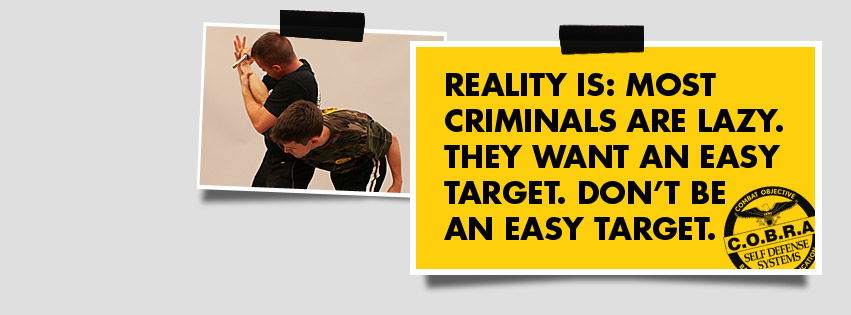Conflict can happen anywhere in the workplace, at a customer service desk, or even in your day-to-day life. When emotions run high, things can escalate quickly. Verbal de-escalation is the skill of using words and body language to calm an angry or upset person so you can resolve the situation safely and professionally. Here’s how to do it effectively.
What is Verbal De-Escalation?
Verbal de-escalation is not about “winning an argument.” It’s about calming emotions before they spiral out of control. The goal is to make the other person feel heard, respected, and safe, so they are willing to work with you to solve the problem. And here’s the hard truth: no one is coming to rescue you in that moment. You are your own first line of defense, and having the skills to handle tense situations is essential.
Why People Become Aggressive
Understanding why someone is angry helps you choose the right approach. People often lash out when they:
- Feel ignored, disrespected, or misunderstood
- Are frustrated by poor service or broken promises
- Are scared, threatened, or embarrassed
- Have external stressors (traffic, long waits, other bad experiences)
- Are under the influence of alcohol, drugs, or extreme emotions
When dealing with clients or customers, think about their full journey: from previous emails or calls, to their experience at reception, to how you personally handle their concern. Every touchpoint matters.
Prevention is Better Than Cure
The easiest conflict to resolve is the one that never escalates. Small professional courtesies go a long way:
- Smile and greet politely. Use their correct title and surname if possible.
- Make them feel welcome. “Good day, Mrs. Tshabalala. Welcome to our office. How may I assist you today?”
- Listen actively. Focus all your attention on them. Don’t chat with colleagues or check your phone.
- Show empathy. Acknowledge their frustration: “I understand this must be frustrating for you. Let’s work on a solution together.”
- Communicate clearly. Explain what you are doing and what will happen next.
Your Body Language Speaks Louder Than Your Words
Over 90% of communication is non-verbal. Even if you say the right thing, your body language can make or break the interaction.Avoid:
- Staring blankly, rolling eyes, yawning
- Checking your watch or phone
- Talking to colleagues while the person is speaking
- Clenching your jaw, crossing arms, or standing too close
Instead:
- Keep an open stance, hands visible, palms forward
- Make natural eye contact
- Nod or give small verbal cues (“I see,” “I understand”) to show you are engaged
Tactics to Calm the Situation
When someone is already upset, use these steps to bring them back down:
- Control Your Own Emotions. Stay calm and professional.
- Use Their Name. This shows respect and personal connection.
- Listen Without Interrupting. Let them vent before responding.
- Acknowledge and Empathize. Repeat back what you heard and show you understand their feelings.
- Offer Solutions. If you can’t solve the issue immediately, reassure them you will work on it.
Avoid saying things like “Calm down” or “Relax”. These phrases usually make things worse!
When De-Escalation Fails
Your safety always comes first. If someone ignores your attempts to calm them and becomes physically threatening:
- Keep a safe distance (arm’s length or more)
- Position objects between you and the aggressor if possible
- Watch for pre-attack indicators like clenched fists, excessive staring, or sudden silence
- Be ready to defend yourself, escape, or call for help
Final Thoughts
Conflict is inevitable, but violence doesn’t have to be. With the right communication skills, you can defuse tense situations, protect yourself, and maintain professionalism even under pressure. Learning verbal de-escalation is an investment in personal safety, workplace harmony, and excellent customer service.
About C.O.B.R.A.™ Self-Defense South Africa
C.O.B.R.A.™ Self-Defense South Africa provides the gold standard in reality-based self-defense training, drawing on extensive real-world experience from law enforcement, corrections and protective services. We deliver professional in-person training for corporates, private groups, families and friends, as well as structured online programmes. For enquiries, please contact us via email: info@cobradefense.co.za, or cell: 082 299 9117 or visit our website www.cobradefense.co.za.
When Self-Defense Is a Must, Nothing Else Will Do.
